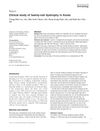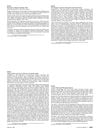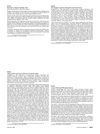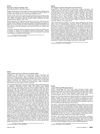Clinical Study on 88 Cases of Korean 20-Nail Dystrophy
February 2011
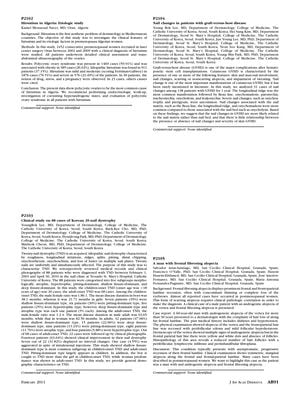
TLDR The study concludes that Twenty-nail dystrophy is more common in boys among children and in women among adults, with varying response to treatment.
The document reports a clinical study on 88 cases of Twenty-nail dystrophy (TND) conducted between February 1, 2003, and April 30, 2010, at Yeouido St. Mary's Hospital, Catholic University of Korea. TND is characterized by roughness, longitudinal striations, ridges, splits, pitting, distal chipping, onychorrhexis, onychoschizia, and loss of luster affecting all 20 nails. Patients were categorized into five subgroups based on morphology: atrophic, hypertrophic, pitting-dominant, shallow fissure-dominant, and deep fissure-dominant. The study found that children-onset TND (20 cases) had a male:female ratio of 1.86:1, with boys having a mean disease duration of 38.1 months and girls 21.71 months. In contrast, adult-onset TND (68 cases) had a male:female ratio of 1:2.4, with men having a mean disease duration of 63.65 months and women 82.50 months. Shallow fissure-dominant type was the most common in both children and adults, while pitting-dominant type was more common in children. Follow-up on 22 adult-onset TND cases showed that 63.64% improved, 31.82% showed no change, and one case worsened despite treatment. The study provides demographic characteristics of TND, indicating a higher prevalence in boys among children and in women among adults. No commercial support was identified for the study.
